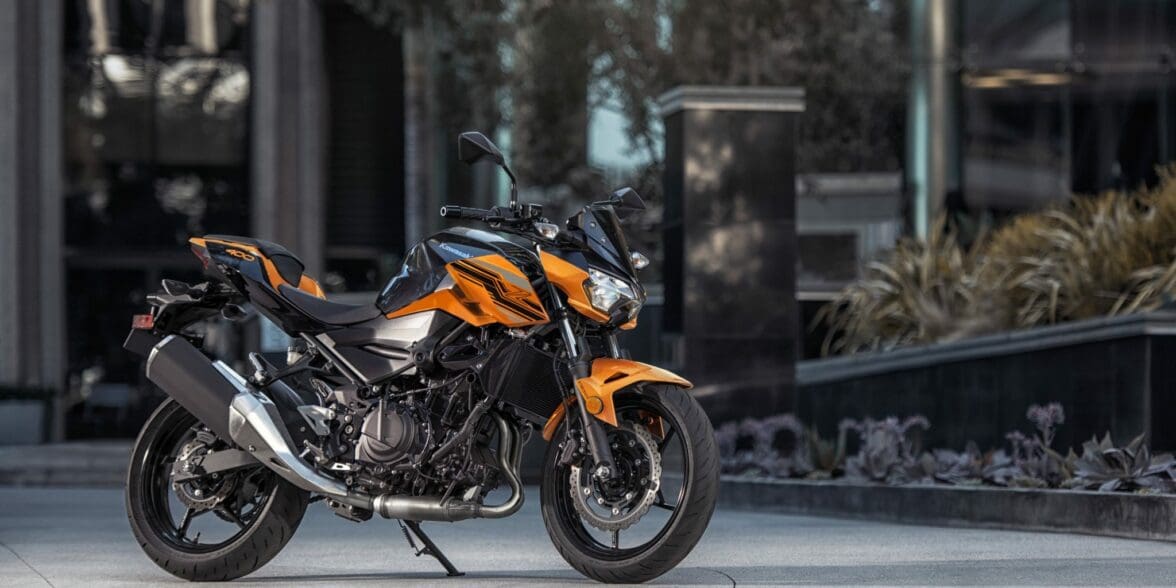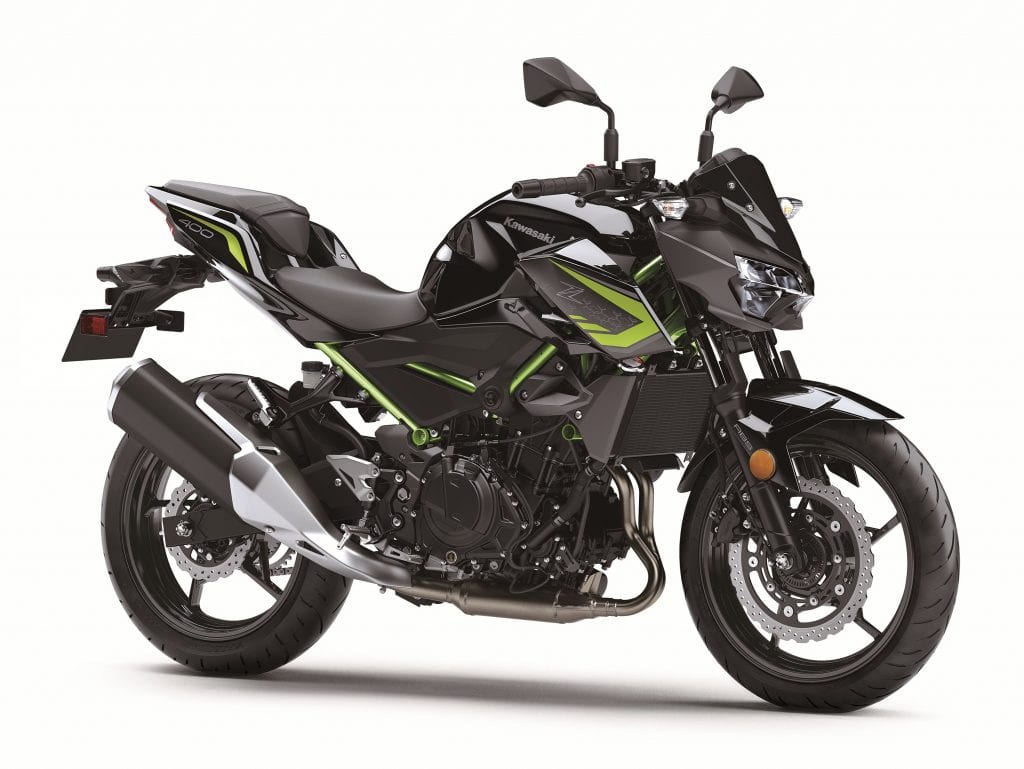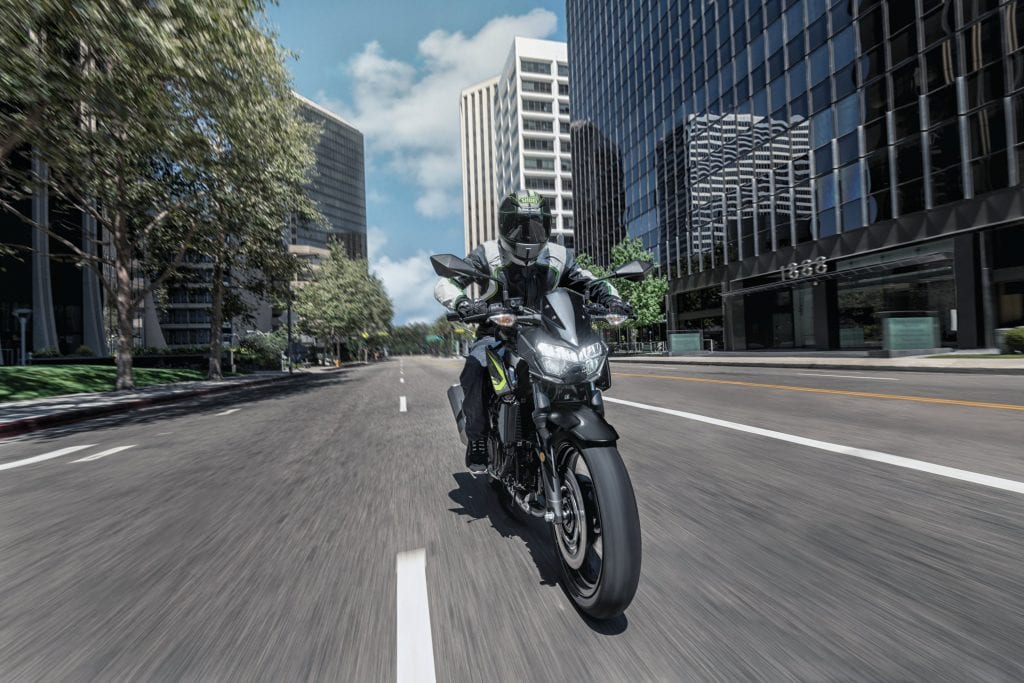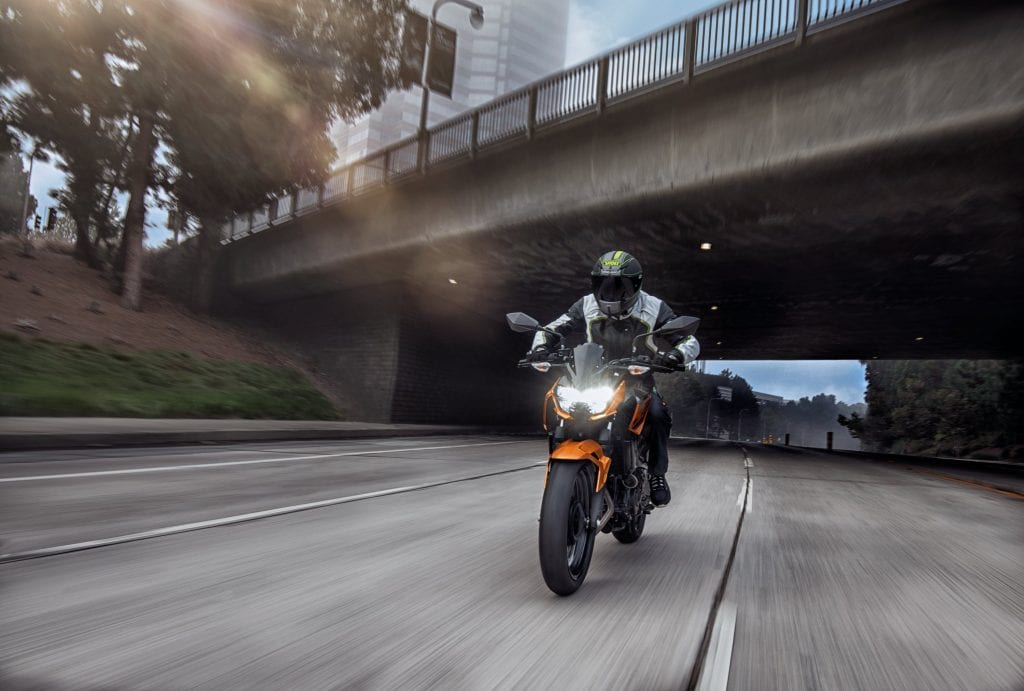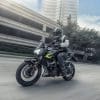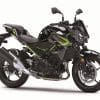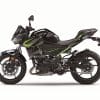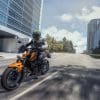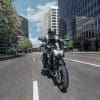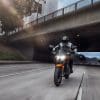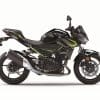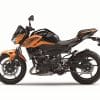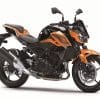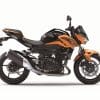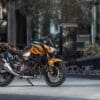2020 Kawasaki Z400 ABS
Contents
The 2020 Kawasaki Z400 ABS is the youngest of the Z series bikes by a few months, having been introduced at the end of 2018 as a 2019 model. Powered by a 399cc DOHC parellel twin, the Z400 produces 49 crank HP and 28 lbs-ft of crank torque. Smaller than most naked bikes, the Z400 is a light, tossable, corner carving motorcycle that is directly in line with Kawasaki’s “streetfighter” goal for their naked bikes.
The Z400 is a very light with a full wet weight of only 364 lbs, and has a much lower seat height than the other Z series at only 31 inches. Kawasaki designed the Z400 this way to bring the rider closer to the center of gravity and allow for precise, instant handling.
The 2020 Kawasaki Z400 ABS starts at $4,999 US/$5,999 CA
On this page: we’ve curated specs, features, news, photos/videos, etc. so you can read up on the new Kawasaki Z400 ABS in one place.
Model Overview
General Info
- Price: $4,999 US/$5,999 CA
- Key Features:
- Anti-Lock Braking System
- New Assist & Slipper Clutch
- LED Lighting
Key Specs
- Engine type: Liquid-cooled, 4-stroke Parallel Twin
- Power: 49 Hp
- Wet weight: 368 lb
- Seat height: 30.9 in
Key Competitors
2020 Kawasaki Z400 ABS Specifications
ENGINE |
||
| Engine | 399cc Liquid-cooled, 4-stroke Parallel Twin | |
| Power | 49 Hp | |
| Bore x Stroke | 70mm x 51.8 mm | |
| Compression Ratio | 11.5:1 | |
| Fuel System | Fuel injection: Ø 32 mm x 2 | |
| Starter | Electric | |
| Lubrication | Forced lubrication, wet sump | |
DRIVETRAIN |
||
| Clutch | Wet multi-disc, manual | |
| Transmission | 6-speed | |
| Final Drive | Sealed chain | |
CHASSIS |
||
| Suspension Front | 41mm telescopic fork | |
| Suspension Rear | Bottom-Link Uni-Trak, gas-charged shock with adjustable preload | |
| Brakes Front | Single semi-floating 310 mm petal discs. Caliper: Single balanced actuation dual piston | |
| Brakes Rear | Single 220 mm petal disc. Caliper: Dual-piston | |
| Tires Front | 110/70R17 M/C 54H | |
| Tires Rear | 150/60R17 M/C 66H | |
| Fuel Tank Capacity | 14 L (3.6 US gal.) | |
| Color | Metallic Matte Graphite Gray / Metallic Spark Black, Candy Lime green / Metallic Spark Black | |
ELECTRICAL |
||
| Ignition | ||
| Spark Plugs | ||
| Headlight | LED | |
| Tail Light | LED | |
DIMENSIONS |
||
| Overall Length | 78.3 in (1,990 mm) | |
| Overall Width | 41.5 in (800 mm) | |
| Overall Height | 41 in (1,055 mm) | |
| Wheelbase | 54 in (1,370 mm) | |
| Ground Clearance | 5.7 in (145 mm) | |
| Seat Height | 30.9 in (785 mm) | |
| Curb Weight | 368 lbs (167 kg) | |
WARRANTY |
||
| Warranty | 1 Year (Limited Factory Warranty) | |
| Extension | ||
2020 Kawasaki Z400 ABS Features
More Rigid Front Fork
Easy Reach to the Ground
Sugomi Styling
The new Z400 combines the sharp, aggressive style of the Z650 with the large-volume design of the Z300 to create an aggressive, agile, masculine impression. Its muscular, athletic bodywork reflects the increased performance while forming a flowing design that appears to float above the engine. Like other models in the Z Series, sugomi design elements (crouching stance, low-positioned head and upswept tail) give it a silhouette instantly recognisable as a Kawasaki Supernaked.
Large-Diameter Front Brake Disc
Measuring ø310 mm (the same size as those of the Z1000), the Z400/250’s semi-floating front disc offers sure stopping power. A rigid new front brake master cylinder helps eliminate ineffective (idle) stroke, contributing to controllability, while carefully selected brake hose dimensions and material contribute to brake touch. All models are equipped with ABS and feature the latest ABS unit from Nissin, the most compact and lightweight available.
Compact Multi-Function Instrumentation
The Z400 is equipped with the same stacked instrument cluster as the Z650. Offering an easy-to-read layout, the analogue-style tachometer features a gear position indicator at its centre and sits atop a multi-function LCD screen.
Ergonomics for Active Control
Relaxed rider triangle accommodates a wide range of rider sizes and riding situations, contributing to its rider-friendly character. The relatively upright riding position and wider handlebar put the rider in the ideal position for active control, facilitating dynamic, sporty riding.
Significantly Lower Weight
The lightweight design of the new engine and frame, plus extensive efforts to minimise weight result in a curb mass of only 167 kg for the Z400 (3 kg lighter than the Z300) – making them the lightest twin-cylinder models in their class.
New Assist & Slipper Clutch
More compact clutch (ø139 mm >> ø125 mm) with less rigid operating plates offers a lighter lever pull. Complementing the extremely light feel at the lever, the new clutch has a wider engagement range, facilitating control.
Compact, Lightweight & Efficient
Designing the engine from scratch allowed the engine layout to be optimised for size, weight and efficiency. The new engine is comparable in size to that of the 2013-2018 Z250. Numerous weight reduction efforts keep weight to a minimum – despite a larger displacement. The clean design trimmed of any unnecessary items, and the revamped layout enable a slim engine and a cooling system with minimised external piping.
Powerful, Rider-Friendly Parallel Twin
Displacing 399 cm3, the new engine delivers significantly increased performance compared to its predecessor: 33.4 kW (+4.4 kW vs the 2018 Z300). The higher performance can largely be credited to the new downdraft intake, which is accompanied by a larger airbox offering increased intake efficiency. The increased performance is complemented by a rider-friendly character; the smooth response and abundant low-end torque facilitate throttle control for new and experienced riders alike.
Lightweight Trellis Frame
The Z400 features a trellis frame similar in design to that of the Ninja H2. Kawasaki’s advanced dynamic rigidity analysis was used to ensure optimum rigidity with light weight. The engine is rigid-mounted and used as a stressed member. The new frame design contributes significantly to the bike’s low curb mass.
LED Headlamp
In addition to contributing to the Z400’s sharp looks, the newly designed LED headlamp is highly visible and offers significantly increased brightness and a wider illuminated path.
Light, Predictable Handling
With both the engine and frame being new, engine placement could also be optimised. The new chassis features a short-wheelbase/long-swingarm design, complemented by a steep caster angle that delivers light, natural handling. The bike’s light weight also contributes to the easy handling and facilitates manoeuvring when off the bike.
2020 Kawasaki Z400 ABS Photos
2020 Kawasaki Z400 ABS Videos
Links
Kawasaki Official Websites


